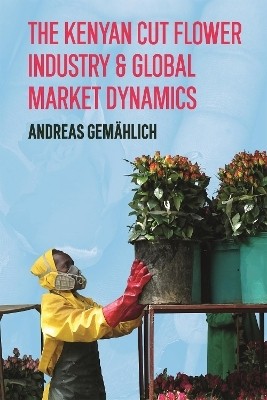The Kenyan Cut Flower Industry & Global Market Dynamics(English, Hardcover, Gemaehlich Andreas Dr)
Quick Overview
Product Price Comparison
Investigates the production, trade and consumption of the bouquets sold in European supermarkets and the consequences of this for the globalised economy.From a macro-perspective, it appears that the cut flower industry has changed into a buyer-driven value chain with corporate retailers as the new lead firms. Yet, as this book shows, this is insufficient to explain how new trade relations come into being, and the consequences of this, not only for global economics, but for the producers, climate change and rural livelihoods. As the retailers and wholesalers of the flower industry in the West linked directly to producers in the Global South, trade relations changed fundamentally, and this critical new book explores the complexities of the power asymmetries and the way in which corporate retailers have shaped the market to promote their own interests, as well as the role non-economic actors played. This book examines in detail the situation at Lake Naivasha, Kenya, which has played a central part within this new market order. Since the 1970s, the area has developed into one of the most important production areas for the ready-made bouquets that sell so cheaply in European supermarkets. For the flower growers themselves, however, coping with the new conditions of supply and demand, the new market order has brought financial precariousness. Farms needed to be flexible in the production and marketing of their flowers. Yet while they were able to expand their production and achieve more stable employment conditions, this has not resulted in significantly higher remuneration. The rapidly changing economic situation has also had a profound impact, not only on local stakeholders, but on the environment, where there is intensified competition for resources and new production technologies.Published in association with the Collaborative Research Centre FUTURE RURAL AFRICA, funded by the German Research Council (DFG).


